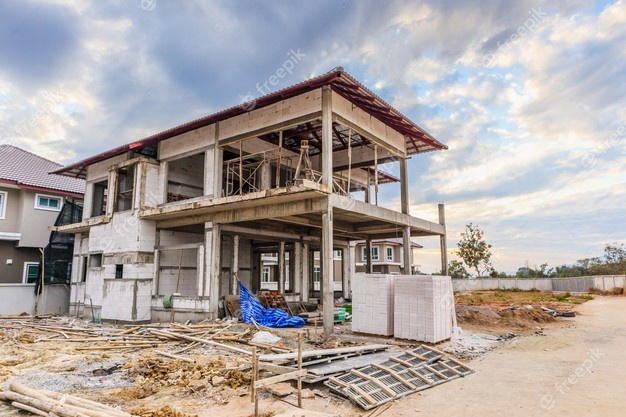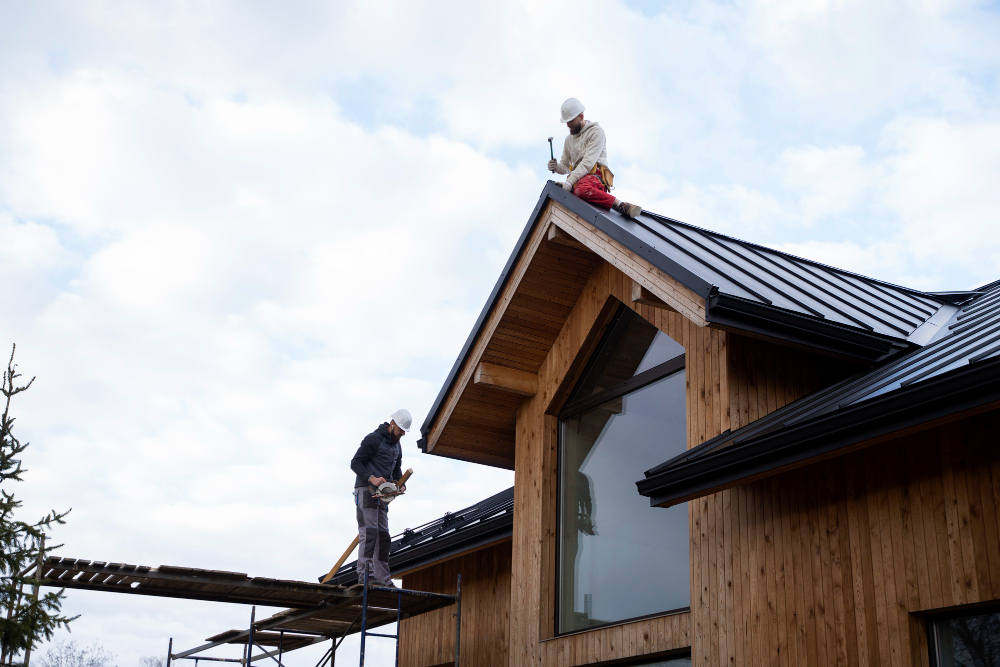Selecting the right orientation for your home renovation can significantly impact your comfort, energy efficiency, and overall aesthetic appeal. Here are some considerations to help you choose the optimal orientation for your renovation this season:
- Sunlight and Solar Gain: a. Maximize Natural Light: Consider orienting living spaces (living rooms, kitchens, and bedrooms) to face east or west to capture morning or afternoon sunlight, respectively. b. Minimize Heat Gain: Minimize direct sunlight in the hottest part of the day (afternoon) by limiting west-facing windows, especially in warm climates, to reduce cooling costs.
- Climate Considerations: a. Cold Climates: Orient more windows to the south to capture winter sun and passive solar heat. Use insulated windows and consider thermal mass to retain heat. b. Hot Climates: Focus on shading strategies for windows facing east, west, and south to reduce heat gain. Opt for efficient insulation and ventilation systems.
- Privacy and Views: a. Consider Landscape Features: Orient spaces with desirable views, like a garden or scenic landscape, toward larger windows or glass doors to maximize visual appeal and natural beauty. b. Ensure Privacy: Orient private spaces, such as bedrooms and bathrooms, away from nearby roads or neighboring properties.
- Outdoor Living Spaces: a. Connect with Outdoors: Consider orienting outdoor living areas, like patios or decks, to maximize exposure to sunlight and outdoor enjoyment during appropriate seasons. b. Shield from Elements: Design outdoor spaces with consideration for prevailing winds, so they remain usable and comfortable even during windy seasons.
- Energy Efficiency: a. Utilize Passive Solar Design: Align major windows or glass doors to maximize solar heat gain during colder months and use shading elements to reduce heat gain in the summer. b. Consider Renewable Energy Options: Assess the potential for solar panels or wind turbines based on the orientation and exposure of your property.
- Architectural Aesthetics: a. Highlight Architectural Features: Align the orientation to showcase prominent architectural elements, such as a grand entrance, unique facade, or distinctive roofline. b. Maintain Consistency: Ensure the orientation fits well with the overall architectural style of your home for a cohesive and appealing appearance.
- Future Expansion and Renovation: a. Allow for Future Additions: Consider the potential for future expansions or renovations and plan the current renovation in a way that leaves room for growth and changes in the future.
- Consult with Professionals: a. Architects and Designers: Seek guidance from professionals to help determine the most suitable orientation based on your needs, goals, and the unique characteristics of your property.
By carefully considering these factors and consulting with experts, you can make informed decisions regarding the orientation of your home renovation, ensuring that it aligns with your preferences, lifestyle, and local climate.







